Famous Photographs Meet Their Creators
The Tank Man of Tienanmen Square. Muhammad Ali standing over Sonny Liston in victory. The portrait of the Afghan Girl on the cover of National Geographic. Many of us can automatically recall these photos in our heads, but far fewer can name the photographers who took them. Even fewer know what those photographers look like.
Tim Mantoani hopes to change that by taking portraits of famous photographers holding their most iconic or favorite photos in his new book Behind Photographs: Archiving Photographic Legends. Mantoani has shot over 150 of these portraits in the last five years, most of which are contained in the book.
“I felt like there was kind of this void,†says Mantoani. “There were all these anonymous photographers out there who have not been given enough credit.â€
Jeff Widener holds his photo of Tank Man in Tienanmen Square from 1989.
At a time when everyone has a camera in their pocket and millions, if not billions of photos are flying around the internet each day, Mantoani wants to help people understand that iconic photos don’t just happen. They are the product of people who devote their entire lives to photography. Giving these people a face, he says, helps do that.
Steve McCurry holds his 1984 photo of a young woman from Peshawar, Pakistan. “I looked for this girl for 17 years and finally found her in 2002. Her name is Sharbat Gula.”
“It was important to step back and understand that cameras didn’t make these photos, photographers made these photos,†he says. “Without these people and their understanding of photography, these moments would not be there for us to understand and appreciate over the course of time.â€
Neil Leifer holds his photo, Ali vs. Liston, which he took on May 25, 1965 in Lewiston, Maine.
Mantoani, a San Diego-based commercial and editorial photographer who is well known for his portrait work, decided to challenge his own craftsmanship by shooting the portraits on the enormous 20×24 Polaroid format. Only a few 20×24 Polaroid cameras still exist, and the film can be prohibitively expensive — about $200 per shot.
Bill Eppridge stands with his photo of Robert F. Kennedy after his assassination on June 5, 1968.
Over the course of the project, some of the photographers who participated passed away. Polaroid went belly up, making 20×24 film that much harder to come by. The weight of each photo’s importance as a historic document became more apparent with each loss.
Elliot Erwitt: “The picture I am holding was snapped in 1974 just across the street from my apartment in New York’s Central Park. It has been 38 years since that event and sadly I have lost track of the participants.”
“We have come to a point in history where we are losing both photographic recording mediums and iconic photographers,†Mantoani says.
Brent Stirton: “This is Virunga, the first National Park in Africa, in the Democratic Republic of Congo. The Silverback Mountain Gorilla, along with 6 females, had been killed by a group trying to intimidate conservation rangers into being less proactive in their efforts against poaching & illegal charcoal making.
Scarcity and history also increased the pressure to produce a quality image. “Digital has allowed you to hold the hammer down and work it out later,†he says. “This process really forced me to go back to my roots and try to get everything perfect before I even made the exposure.â€
Brian Smith: “The magic of photography happens when you don’t see what’s coming next.”
Some portraits Mantoani nailed on the first shot, others took three or four tries. The process often became a collaboration between Mantoani and his subjects, who offered their own advice.
Douglas Kirkland: “This is from my Evening with Marilyn.”
Steve McCurry, for example, looked at his own first portrait and commented on the amount of space that Mantoani left between his head and the top of the frame. McCurry insisted that Mantoani could do what he wanted, but Mantoani was happy to take the advice — especially considering the source.
“The shoots sometimes became little mini workshops,†Mantoani says.
Harry Benson: “Brian Epstein — Beatles’ manager — had just told them they were number one in America, and I was coming with them to New York, 1964.”
Some of the photographers not only lent their advice, but also their rolodex. The first few photographers Mantoani worked with were instrumental in getting him access to the larger community. Some photographers still said no, even with the referral. Others, such as Herman Leonard, took a long time to come around.
Karen Kuehn: “From the 1993 Cats Story shot for National Geographic. The director Thomas Kennedy asked me to shoot an entire story about ‘cats.’ He did not want it to be typical! So problem solving this assignment was good fun. The Russian Blue Cat and Ballerina legs was inspired by George Balanchine — he used the idea of cats landing always on their toes to teach his dancers.”
“When people realized that I wasn’t out to take advantage of them but instead wanted celebrate this group of photographers, they wrapped their arms around the project,†Mantoani said.
Lyle Owerko: “No one knew such a beautiful warm day would serve as the backdrop to one of the most painful and confusing events to the heart of mankind. This picture is one small part of such a huge event that ties the threads of thousands of stories and millions of people together.
The book is the first step in preserving and broadcasting the archive. Mantoani eventually wants the original prints to become part of an exhibition.
Mark Seliger: “Originally an inside opener for Rolling Stone cover story of Nirvana in conjunction with the release of In Utero, my first Polaroid (with Negative) was by far the most emotional and revealing of his spirit. Two months later Kurt died from a self-inflicted gunshot wound to his head. This photograph became the memorial RS cover.”
“I wanted to create this archive so that some day when the photographers are all gone, my grandkids can not only appreciate their photos, but also know who they were and what they looked like.â€
To find out more or purchase a copy of the book, please visit the Behind Photographs website.


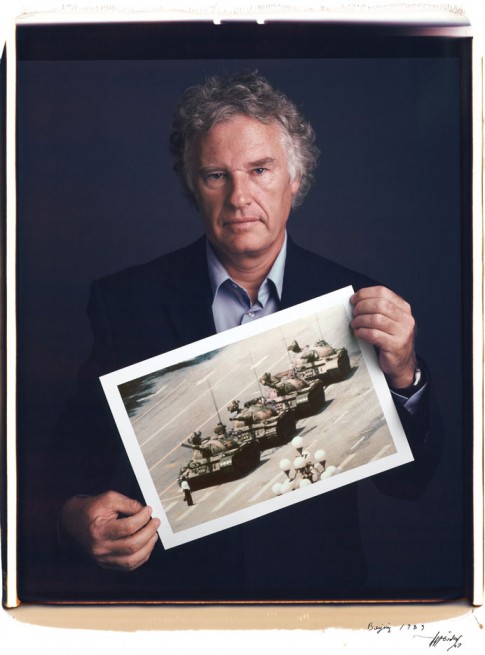
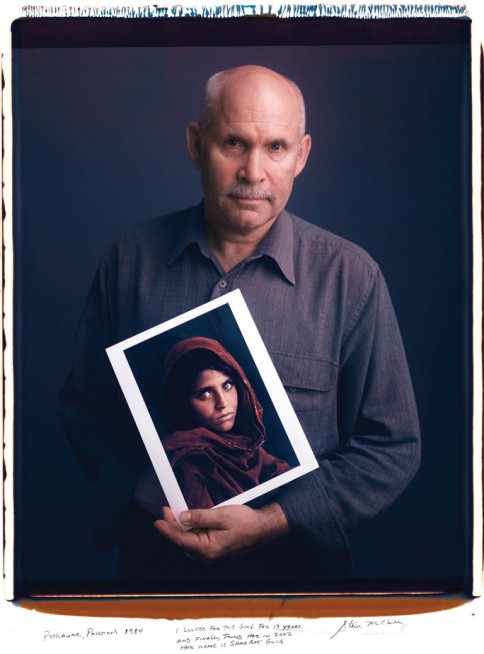
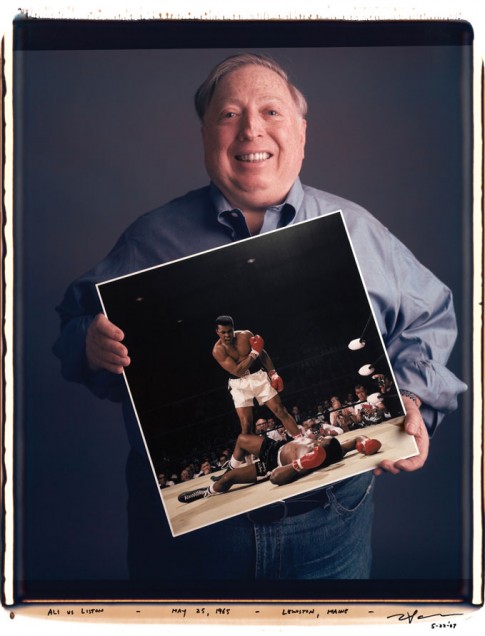
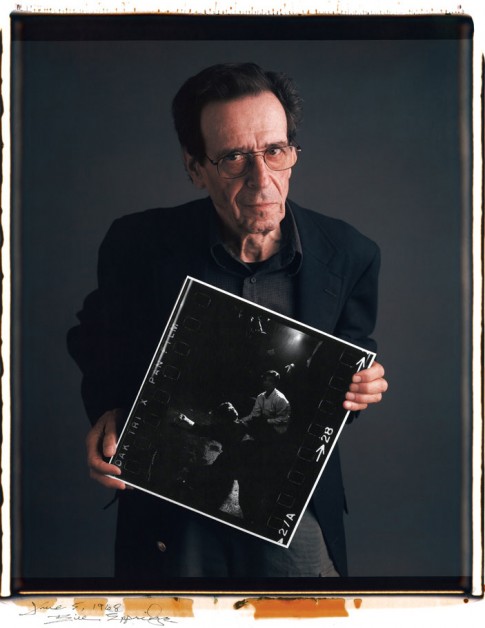
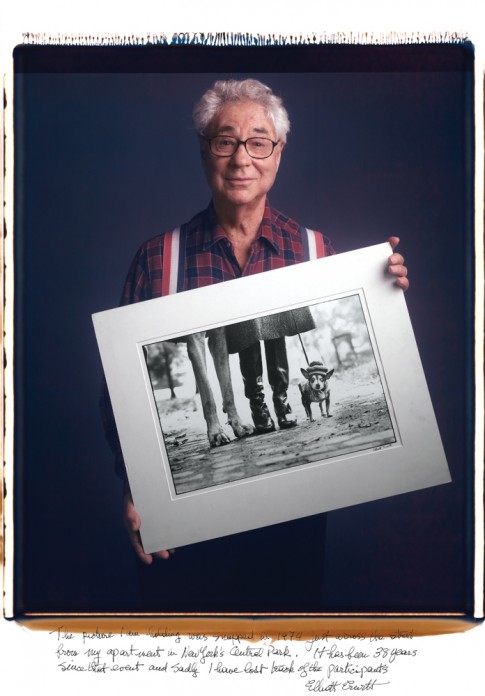
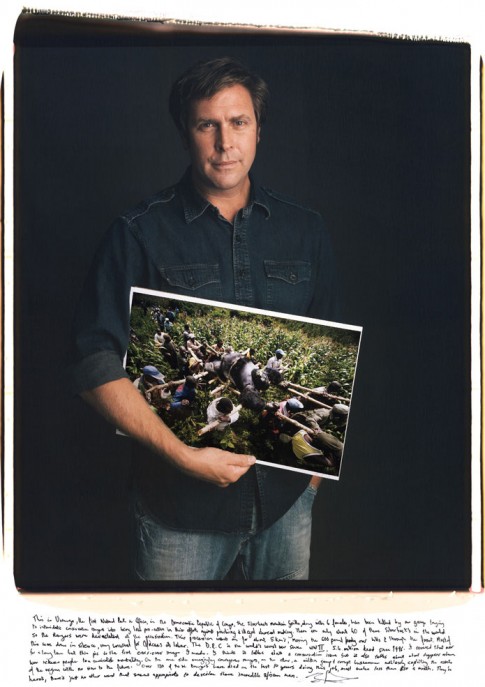
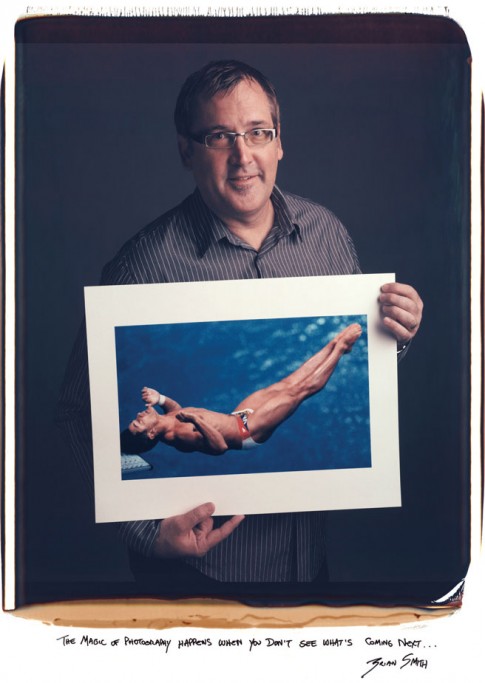


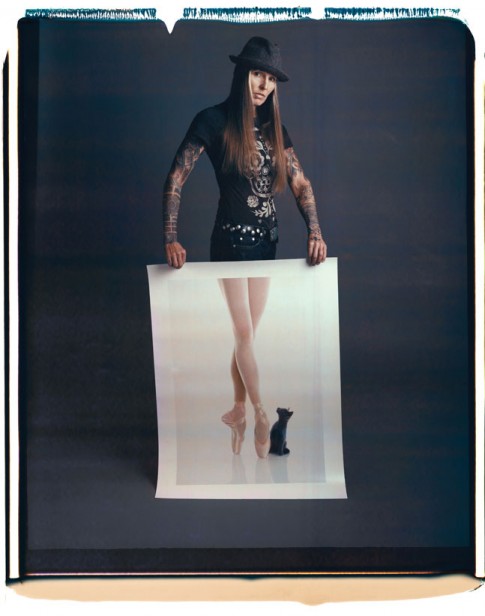
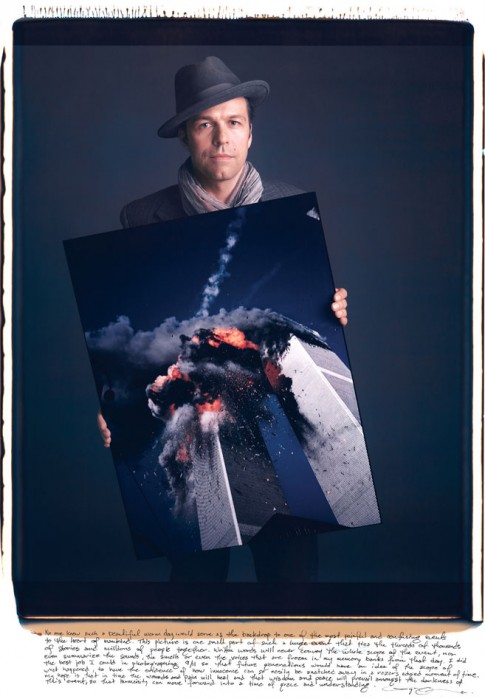


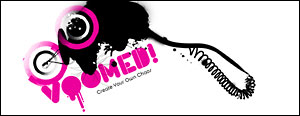
Comments